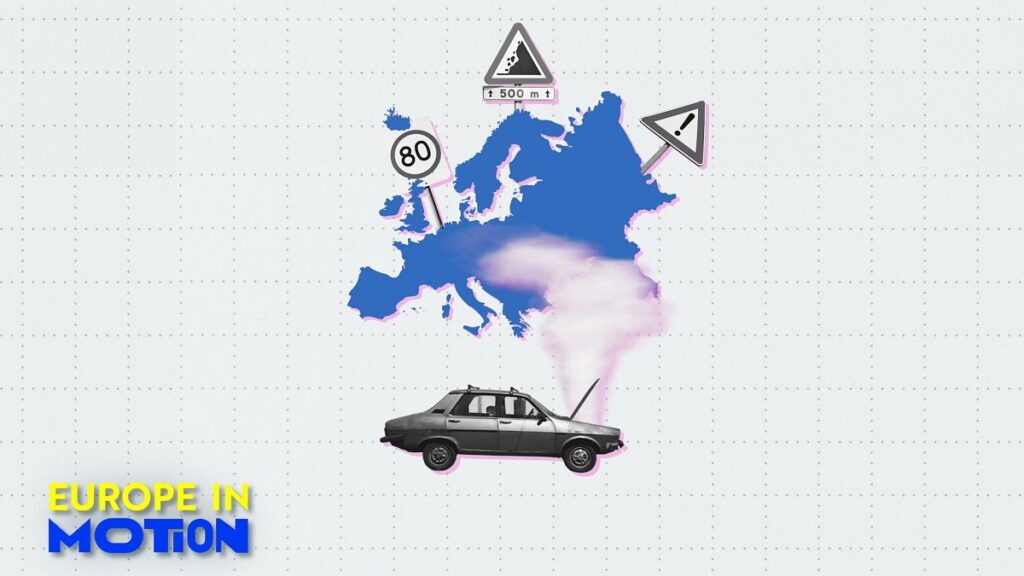Being on the road is never without risk, and particularly on holiday, drivers should be cautious.
Rough roads, extreme weather and traffic congestion can turn a wonderful trip into a nightmare if your car lets you down in the middle of nowhere.
But must people be more wary in certain countries than in others? A study by Ovoko says they should.
Romania’s Transfăgărășan: Mountainous hazards
Romania presents the highest risk of your vehicles conking out (98.3).
Drivers should be particularly cautious on the DN7, also known as the Transfăgărășan.
The mountainous 151-kilometre-long route linking the regions of Transylvania and Wallachia is often hit by floods, landslides and falling rocks, making it one of the most dangerous in Europe.
This intricate road—built in the early 1970s to prepare the country for a potential Soviet invasion—came at a high human cost.
Local reports say at least 40 soldiers died during its construction.
Hungary’s M1: A troubled artery in central Europe
Hungary came second, with a score of 91.90.
Its M1 motorway, the main artery between Budapest and the Austrian capital of Vienna, has one of the country’s highest accident rates.
One of the worst accidents was a pileup involving 42 vehicles, including five tractor-trailers, which happened in 2023, just 25 kilometres outside Budapest. It reportedly occurred after a dust storm swept across the motorway.
Four rescue helicopters had to come to the scene. One person died, and over 30 others were injured.
The motorway is now undergoing massive infrastructure renovation to comply with European standards.
Katara: Greece’s cursed mountain pass
In Greece, the Katara Pass, running between the eastern regions of Thessaly and Epirus, is an epic route at 1,705 metres above sea level, overlooking the surrounding mountains and valleys.
The name Katara means “cursed”. Legend has it that when a bishop tried to cross it in the 1800s, he faced such extreme hardship that he cursed the mountain, making it known as Katara ever since.
It’s been defined as one of the “most dangerous, terrifying and highest mountain roads in Europe”. Drivers should be mindful of oncoming traffic due to its narrow and steep turns. Better not to take it in the winter, particularly with an old car.
Today, traffic on this route has sharply declined due to the opening of the safer Egnatia Odos A2 motorway, which runs through tunnels further south.
A car’s age plays a big role, particularly for rentals. In Greece, the average car age is 18 years—among the oldest in Europe—which means vehicles there are at significant risk of conking out (7th place, 77.96 score)
Stelvio: Vertiginously gliding up the Alps
Greece is followed by Italy (8th place, 70.96).
Beyond its major highways, its geography is one of the most challenging for cars, with mountains running internally and roads on rugged coastlines across the country.
The 49 km long Stelvio pass, peaking at over 2,700 meters, with its hairpin bends, is one of the most beautiful but also most dangerous roads in the country.
This majestic road in the eastern Alps was built by the Habsburg Empire between 1820 and 1825 to connect Austria with its Lombardian territories.
During WWI, it was the backdrop to many battles between Italy and the Austrian Empire.
The pass is closed every year for one day in late August, to make way for around 8,000 cyclists and dozens of runners.
Read the full article here

